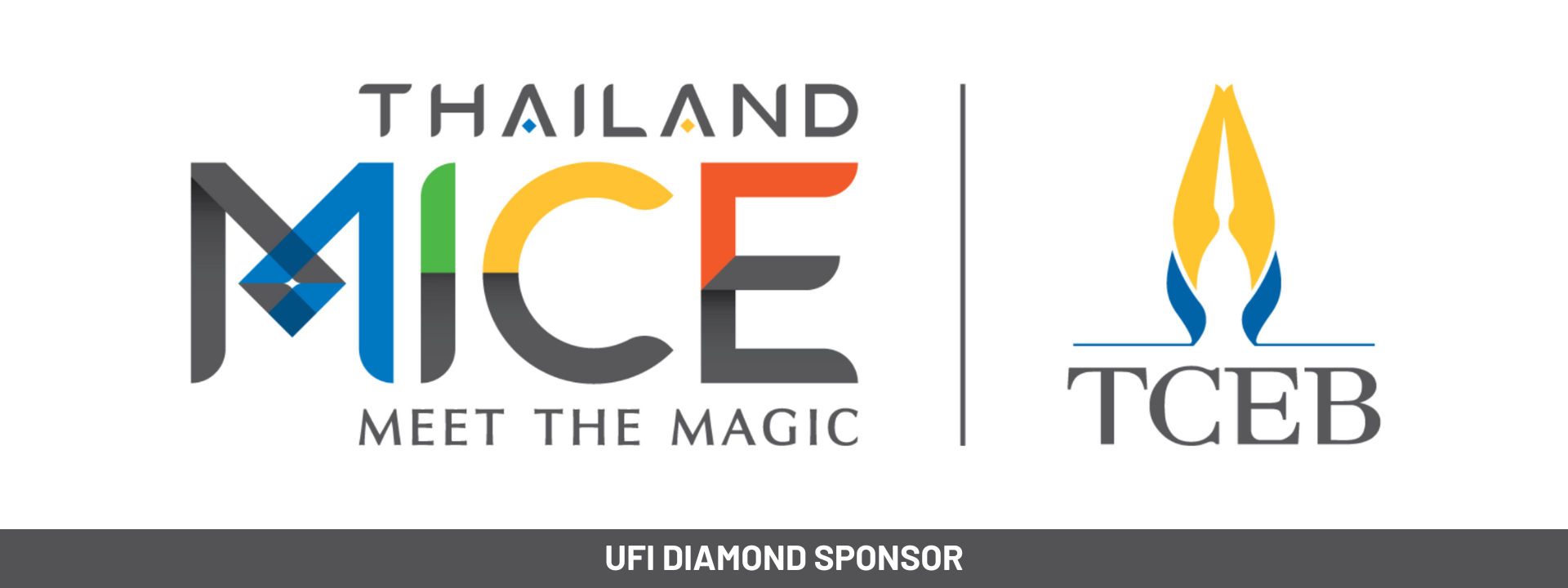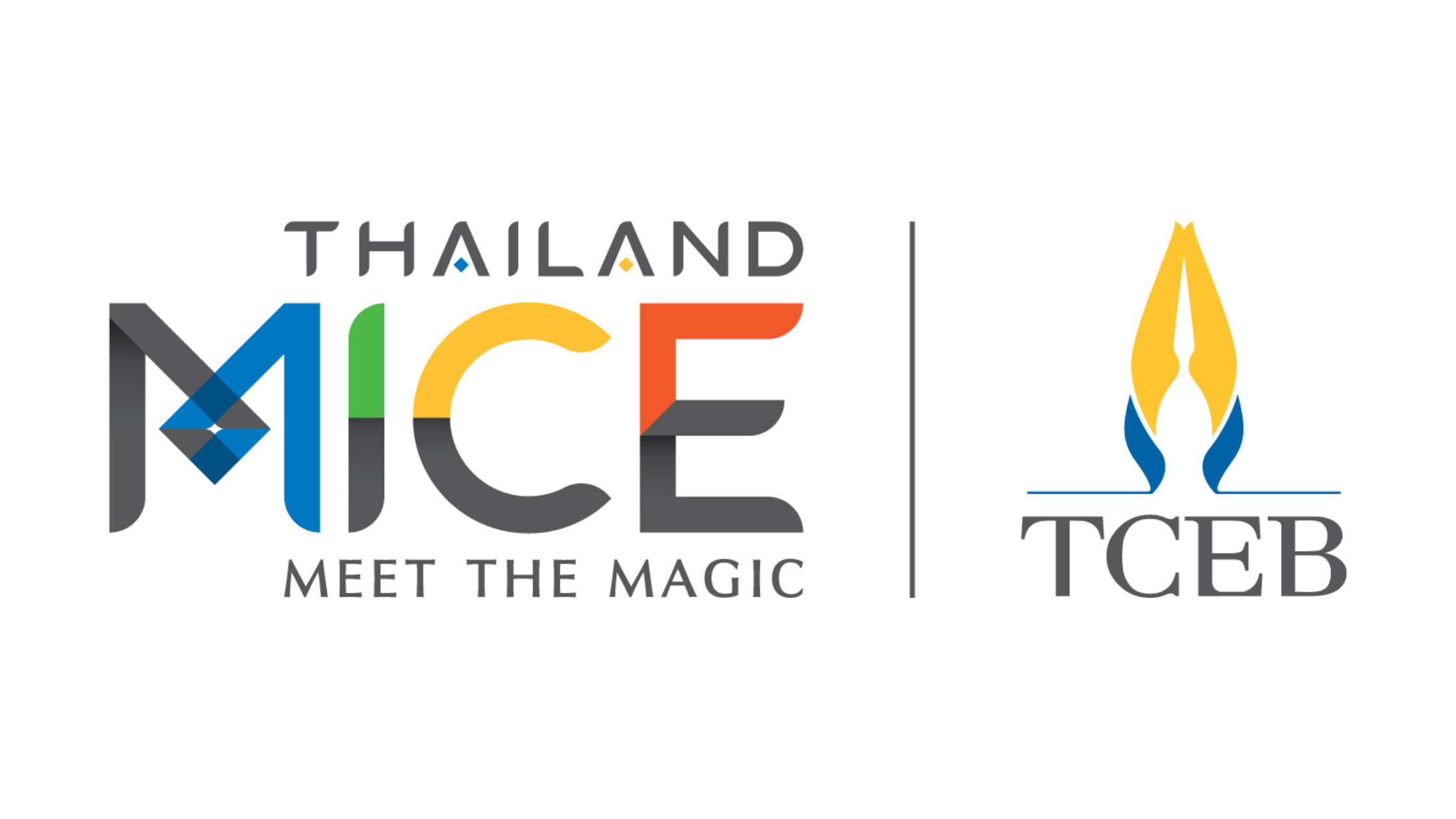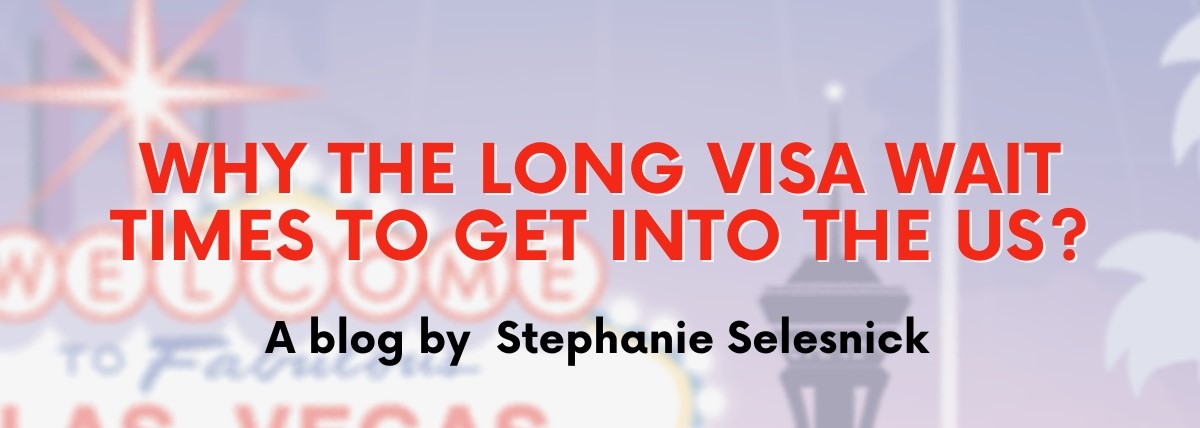Rod Cameron, Executive Director, Joint Meetings Industry Council
With the competing forces of vaccine roll-out and the emergence of variants with still largely unknown implications waging a battle across most of the world, there are few simple scenarios for the future of our industry. Meanwhile, so much has changed in the course of the pandemic that any thoughts we will simply revert to our previous status have long-since disappeared in favor of what is generally referred to as the “new normal”.
Most will agree that it’s still too early to know exactly what that new normal may look like, but even now there are indications of at least some of what we will be dealing with – and even educated guesses can help in planning the alternate strategies that may be deployed for getting through the transition. So what can we safely assume at this point?
First, whatever form recovery takes, it isn’t likely to be sudden. In spite of all the references to pent-up demand and people longing for a return to face-to-face encounters, this isn’t going to be an immediate snap back to the world we knew pre-pandemic. The transition will likely be extended, and involve not one but a series of stages as organizers and attendees gradually come to terms with evolving sensitivities and changes driven by new habits that have established themselves over what has already been a lengthy period of time.
Secondly, it is a logical assumption that there will be a lot of variability – from region to region, simply based on the degree of the impacts experienced and the strength of the recovery process, but also amongst different business sectors. Most now feel that local business will be first, followed by regional and later international events, but different event types will also likely have different trajectories depending on some of the other economic and access factors below. And while it’s unlikely that any of these macro-factors will be easily influenced, at least acknowledging the likelihood of such variability will help in the planning process.
Third, finances will be a big factor – for everyone. In many respects, the whole equation has changed throughout the event delivery chain, from organizers trying to deal with reduced resources at the same time as new costs associated with digital alternatives and suppliers and venues struggling to meet expectations with revenues that reflect the much lower occupancies that will possibly continue for some time. This is not only complicated, but will continue to evolve as we move forward.
The financial equation is, in turn, driven by attendance – and again, much has changed in ways that are unlikely to instantly rebound, regardless of any personal desires people may have to re-connect. Many businesses and governments have been financially strained to the point where anything that even appears to be non-critical will be under huge pressure – and even if there is a fast reduction in pandemic impacts as vaccines roll out – itself anything but a certainty at this stage – there will still be lingering constraints arising from the measures that were needed to contain the ongoing outbreaks around the world.
Next, it’s generally assumed that digital is here to stay – and that has all kinds of implications. On a positive note, many feel it actually extends the reach and therefore the value of an event in ways that will pay off down the road when there is an increased desire to participate in person. But at the same time, the enhanced quality of the digital experience – even in our current state of online exhaustion – has produced viable alternatives to live encounters that are inevitably going to compete for available time and resources in a post-COVID future.
Finally, the value proposition has changed – participants will need to see serious benefits to overcome any lingering reluctance to engage in events, so expectations are likely higher now than ever before. As long as this remains the case, it’s reasonable to expect there will be a whole layer of casual participation that will simply disappear while we are still in the recovery process – and that in turn could stall achievement of the kinds of numbers we need to repair the financial equation.
If even a few of these potential factors are realistic, we can assume things will be challenging for some time. So what to do?
First, we need to make sure we don’t get lulled into an illusion of the “quick-fix” and accept that the path forward will require an ongoing effort to respond to a series of stages, each of which will require nimble responses and ongoing thought. It’s tempting but not very realistic to envision a day when everyone goes back to form and we can all revert to business as we knew it; the reality will be a lot more complicated and we need to be prepared for that.
Secondly, during these next phases we need to make sure we continue to innovate and communicate at a high level, particularly between planners / organizers and suppliers. By recognizing and coming to terms with each other’s issues and challenges, we will create an environment where we can achieve joint solutions that benefit everyone rather than each pursuing our own priorities at the expense of greater cooperation. In practical terms, ongoing flexibility and adaptability will be key to responding nimbly, just as they were in the early phases of the crisis. For example, new formats should be seen as opportunities rather than threats, in order to better capitalize on what may turn out to be inevitable anyway.
Third, we need to further strengthen value measures – particularly in terms of outcomes and legacies. As the value calculation remains under pressure – as it will for some time – we all need to do everything we can to make sure everyone from event participants as the end users to the corporations, governments and communities that may not realize how they benefit from business events get a better sense of why these activities are the best hope we all have for restoring and moving on from the damage COVID did across so many aspects of our lives. Many today feel that travel restrictions may be ongoing for many groups – if not for financial reasons then out of concern for the most efficient use of time in a recovery period – and it’s our job to help generate and demonstrate the greatest possible value story out of every event in order to tip that balance.
Fourth, let’s not be shy about demonstrating what we’ve learned about better managing health and safety concerns. Behavior has evolved and caution will be ongoing – people don’t easily or quickly forget the reflexes that well over a year of caution has engrained in many. Applying what has been learned through this experience to visible, ongoing protocols that will demonstrate a good practical response to those concerns will have both immediate and long term benefits in restoring and maintaining confidence amongst delegates only gradually returning to their previous comfort level.
Finally, let’s not forget that many of the changes we’ve seen in the course of the pandemic in fact had their origins and were in some cases already well underway before the crisis and have simply been evolving further during this time. The renewed attention to sustainability is an example of this – well before COVID, questions were already being raised as to the impacts of long-haul travel and other implications of major events, so these are not likely to go away whatever the recovery trajectory turns out to be. We need to be able to answer such questions effectively, and to clearly demonstrate the many ways that events actually promote long term sustainable development and societal advancement to everyone’s advantage.
In short, we are not in a process of simple reversion but one of ongoing evolution – and whatever the course and duration of that process may be, it will offer as many opportunities as challenges. By accepting and planning for those challenges we will be better prepared to respond to any number of different scenarios, and to do so in a path forward that will almost certainly never be as clear or as immediate as we’d like it to be.





Leave A Comment